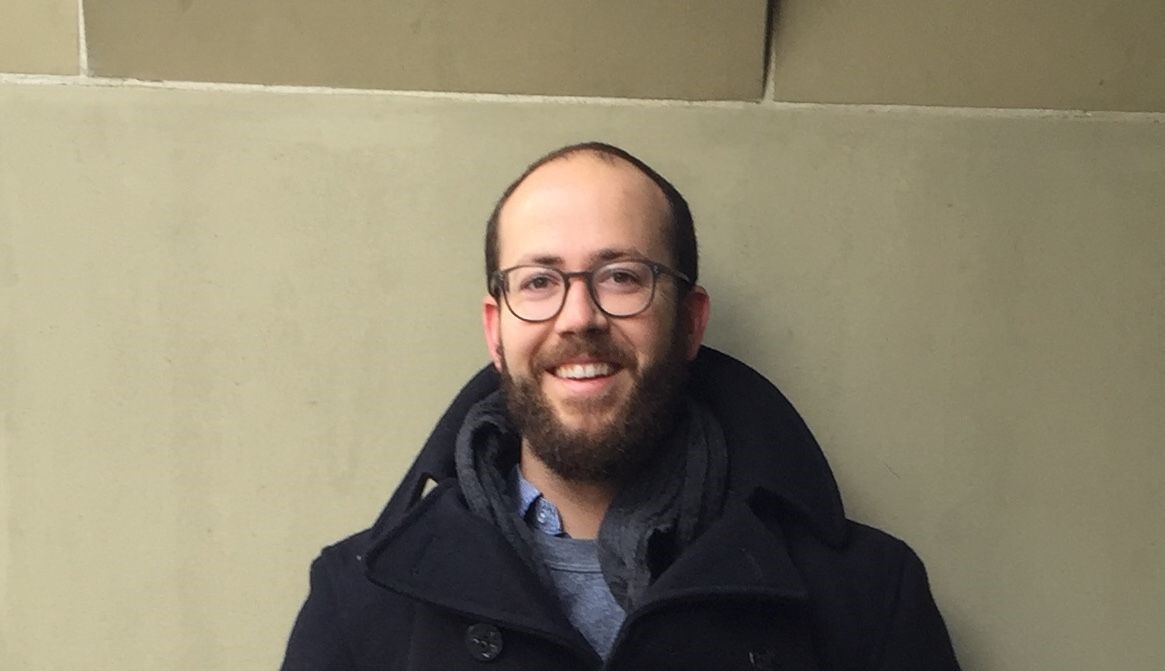For any early-stage company, generating inbound leads while reducing costs is key, and oftentimes this means a heavy focus on early brand development and audience engagement. At M.T. Copeland, a year-old startup that offers online construction skill-building classes, co-founder Gabe Jewell understands the importance of content marketing and knew that he and his team had to focus on those efforts from the very beginning.
Only three months after founding M.T. Copeland, Jewell—who had previously honed not only his acumen of what he calls the “education-meets-entertainment” industry but also his leadership skills as a Supervising Creative Producer at MasterClass from 2016 to early 2020—introduced Balloon to his team. One of the first flights they ran, designed by marketing lead, Lauren Michaels, was called “M.T. Copeland Content Brainstorm,” which opened up a discussion around how to generate online buzz and use content in a smart and efficient way.
- What is our dream list of people or outlets who could spread the word about our work? (Dream big!)
- What media outlets and channels would be most useful to us and our brand?
- List five ways we can use content to engage with the industry.
- List 3 out-of-the-box content ideas we could create.
"It was really fun to see big ideas surface from a small team, get excited about those dreams together, then distill them into practical ways to take action," Jewell, a first-time founder, explained. “Actionability was one of the main qualities I saw from the top results, and that was really energizing.”
"It made everyone feel even more connected to our mission and each other."
— Gabe Jewell, CEO & co-founder, M.T. Copeland
As a result of those actionable top balloons, Jewell and his team were able to execute on new content proposals, develop a brand voice, and build out a comprehensive content strategy. That early flight was so successful, too, that Jewell continued to use Balloon as a trusted first step toward tackling broad, long-term endeavors—for instance, identifying the company’s values.
“When we did the values brainstorm, we surfaced a set of values that genuinely helped orient the team around why and how we should do the work that we're doing,” Jewell said. “People really loved it, because they were able to take what we came up with as a team and really apply it to their individual work on a day-to-day basis. It made everyone feel even more connected to our mission and each other.”
As M.T. Copeland’s first year in business progressed, Jewell also discovered the best way to utilize Balloon for his team; specifically, while many companies find short, synchronous flights to be the most efficient, the M.T. Copeland staff benefits most from flights that span a few days, so each team member has time to read each question, ruminate on its implications, and later respond with thorough, thoughtful answers.
“When you're thinking about something like what matters to you, especially when it comes to how we should define the sort of cultural core of the company, it's nice to give people a few days to sort of sit on it and think,” Jewell said. “That way they can submit their initial responses, but then come back later and check in, look at ideas, and see if that sparks any new thoughts. Everyone’s really appreciated that flow so far.”
Now, after using the platform for nearly a year, Jewell has also noticed more intangible, personal effects of these flights, in addition to product-facing results.
“This is my first time in a CEO position. The learning curve for me is not insignificant, but one thing I’ve found that is that so much of it is about respect,” Jewell said. “I respect the people I work with, so it’s my job to learn how each individual likes to work and learn, listen to where they think the company should be headed, and figure out how I can help them steer the ship based on their visions and working styles. Anything that helps me do that, I’ll try, and Balloon was one that really worked.”
